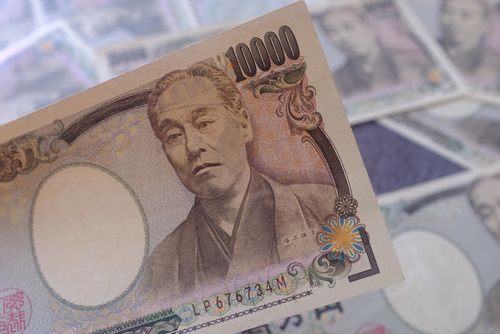AUD/JPY holds steady around 94.50 due to a risk-on mood following Israel-Iran ceasefire

AUD/JPY maintains its position as market sentiment improves following the ceasefire in the Middle East.
Iranian media reported that the latest missile barrage was the final salvo before the ceasefire took effect at 4:00 GMT.
The Japanese Yen strengthens as Bank of Japan officials signal support for further policy tightening.
AUD/JPY continues to remain stronger for the third successive session, trading around 94.50 during the Asian hours on Tuesday. The currency cross receives support from increased risk appetite since US President Donald Trump announced a "complete and total" ceasefire between Israel and Iran. Iran media says latest missile waves were final salvo before ceasefire took effect at 4:00 GMT.
Market sentiment strengthens despite Iran’s retaliatory strike on Al Udeid, a US military base in Qatar. Qatar officials said that the missile barrage was intercepted and that the base had been evacuated in advance. Markets also reacted as Tehran decided to avoid targeting the strategic Strait of Hormuz.
Trump's comments came shortly after Iran fired missiles at the Al Udeid Air Base in Qatar on Monday. Qatar officials said that the missile barrage was intercepted and that the base had been evacuated in advance.
S&P Global data showed on Monday that Australia's Manufacturing Purchasing Managers Index remained consistent at a 51.0 reading in June. Meanwhile, the Services PMI edged higher to 51.3 from the previous reading of 50.6, while the Composite PMI improved to 51.2 in June from 50.5 prior. The upbeat data dampened the expectations of a short-term rate cut by the Reserve Bank of Australia (RBA).
The upside of the AUD/JPY cross could be restrained as the Japanese Yen (JPY) receives support from hawkish signals from the Bank of Japan’s (BoJ) officials, who cite persistent core inflation driven by firms passing wage increases onto prices as a reason for further policy tightening.
Japan's Economy Minister, Ryosei Akazawa, is planning his seventh visit to the United States (US) on June 26, raising hopes for a US-Japan trade agreement ahead of the July 9 deadline for steep reciprocal US tariffs.
* The content presented above, whether from a third party or not, is considered as general advice only. This article should not be construed as containing investment advice, investment recommendations, an offer of or solicitation for any transactions in financial instruments.


